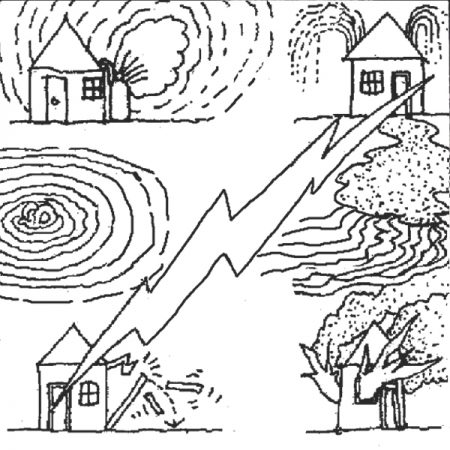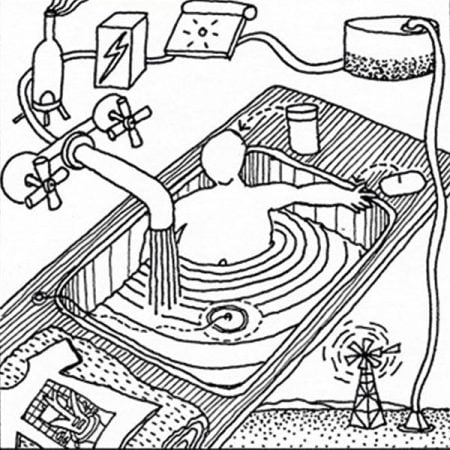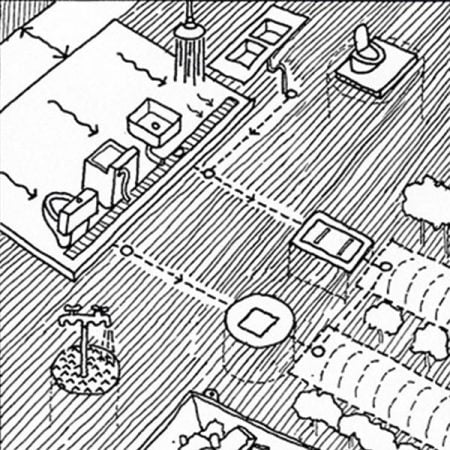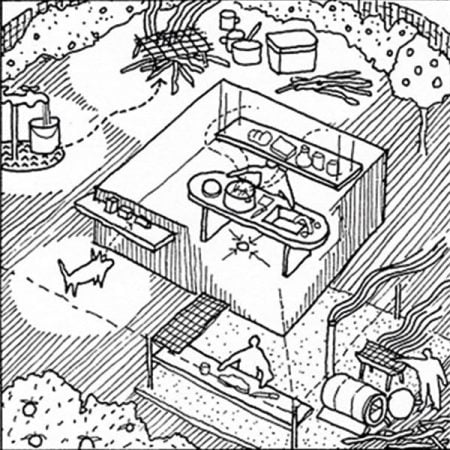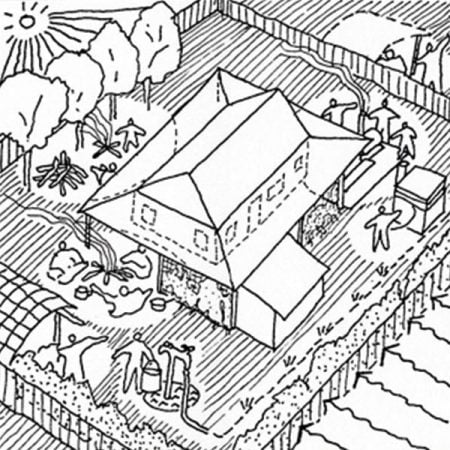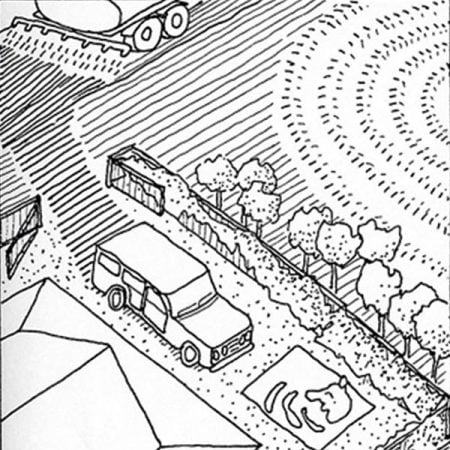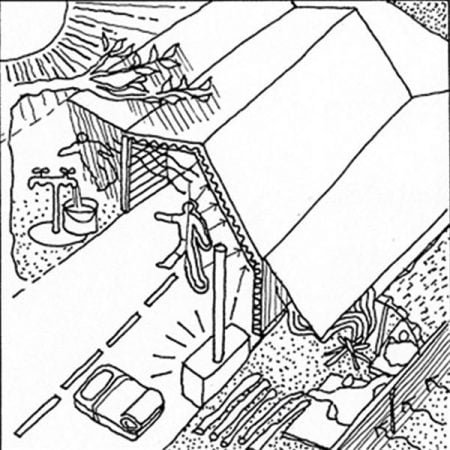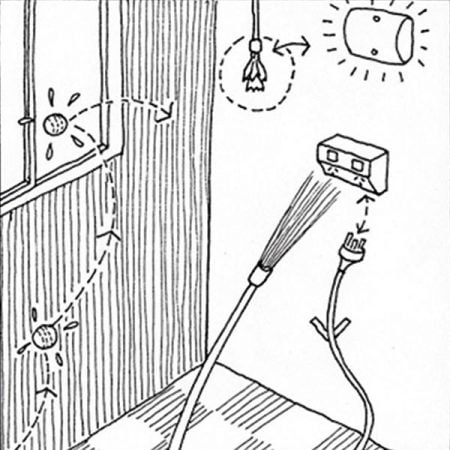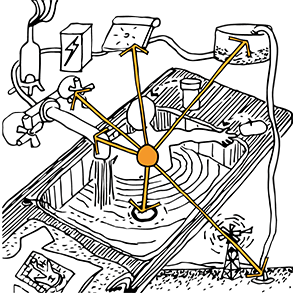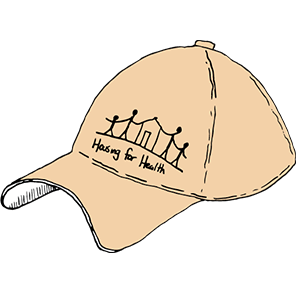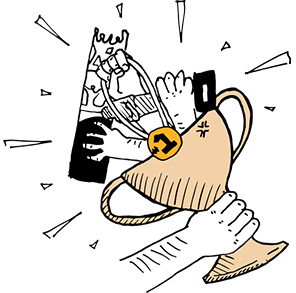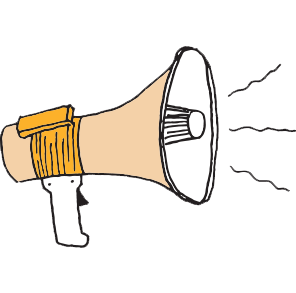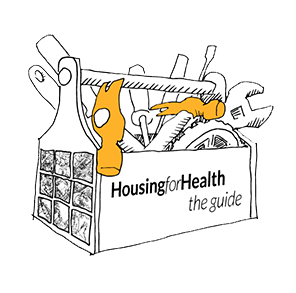Safety and the 9 Healthy Living Practices
Safety and the 9 Healthy Living Practices (HLPs) are in order of priority and link the living environment and its contribution to poor health. They are based on best-practice public health knowledge and apply globally. Life-threatening issues have the highest priority followed by washing people, especially children 0-5.
Political and public health commentators have known about the link between the poor health of people and living environments for almost a century. The development of Safety and the 9 Healthy Living Practices (HLPs) is a substantive attempt to detail the elements of the living environment that contribute to poor health, based on an understanding of health problems they are likely to cause, and how they might be corrected.
All Healthabitat work is based on the HLPs. With never enough money to fix everything prioritised health goals guide work to have the highest likely impact on improving people’s health.
- Safety and Life-threatening issues always come first.
- HLP 1 – Washing People
- HLP 2 – Washing clothes and bedding
- HLP 3 – Removing wastewater safely
- HLP 4 – Improving nutrition, the ability to store prepare and cook food
- HLP 5 – Reducing the negative impacts of crowding
- HLP 6 – Reducing the negative effects of animals, insects and vermin
- HLP 7 – Reducing the health impacts of dust
- HLP 8 – Controlling the temperature of the living environment
- HLP 9 -Reducing hazards that cause trauma


